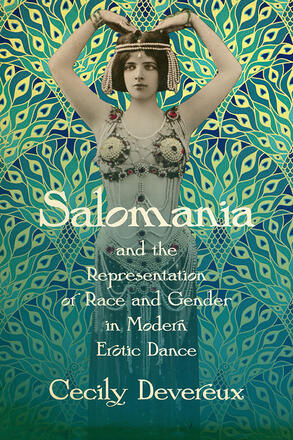Introduction: Maud Allan and the Salome dance in 1908
1: Erotic dance and the culture of imperial motherhood
2: “Salomé, c’est moi”: male artists and the image of the dancer
3: Enter Herodias: the phallic mother and the reproductive fetish
4: On not seeing Salome in Sunset Boulevard
5: The fetish and the reproduction of whiteness from the Salome corpus to Salome, Where She Danced
6: “Pathmakers for Salome”: the danse du ventre, the hootchie kootch and “Little Egypt”
7: Oscar Wilde, Loie Fuller and Maud Allen
8: Salomania and the memetic moment
Epilogue: Salomania’s legacies
Works Cited
Notes

